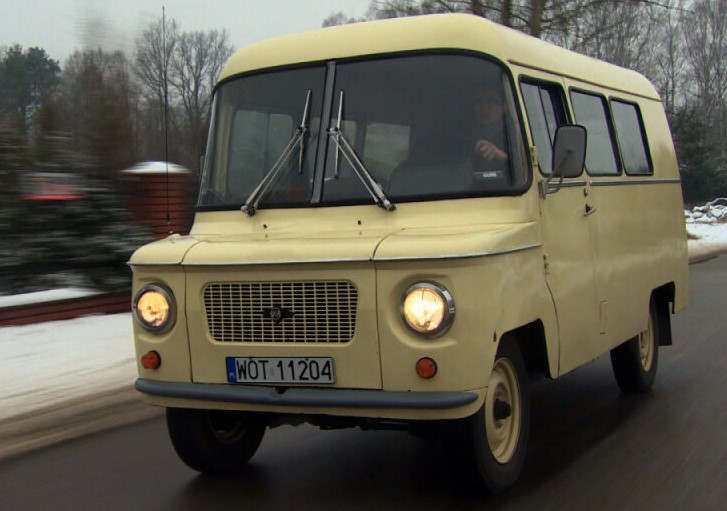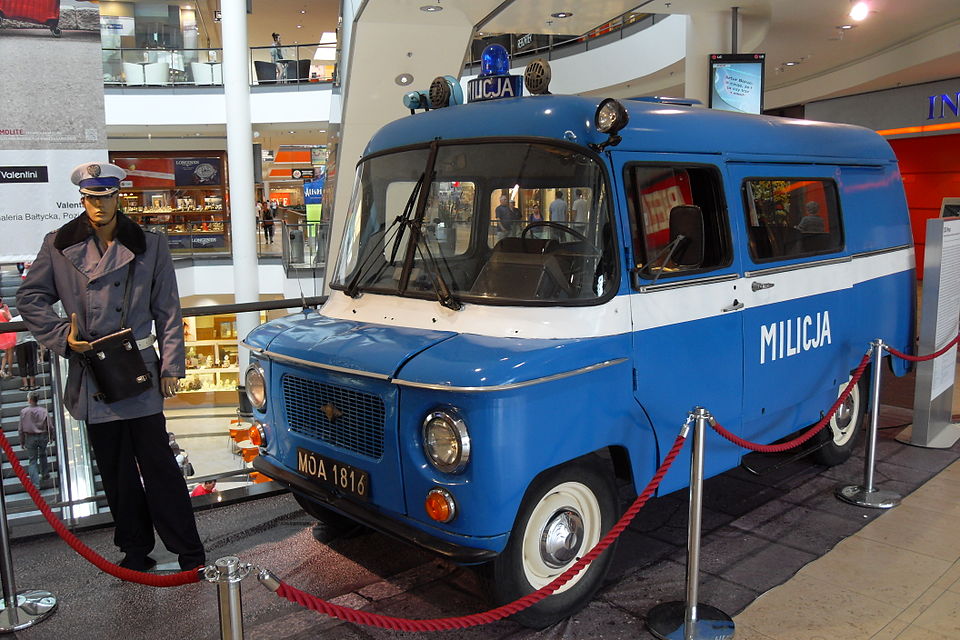The Iconic Ambulance Nysa / Part III: the expert opinion of Alberto Di Grazia
The Iconic Ambulance Nysa. For the Eastern countries the Nysa represented, together with the Uaz 459, the best emergency ambulance, a bit like for Italy was the Fiat 238 and its forerunner 1100T (both vehicles visible at the “Spadoni Emergency Museum “).
Nysa, the ambulance par excellence in Eastern Europe
The only difference is that it remained an icon for an even longer time, because if the departure date roughly coincides with the end of the 1950s, Fiat ceased production of the 238 in 1982 while that of the Nysa went on, substantially unchanged, still for more than ten years.
In this way, its presence in the urban and rural health sector has been even more strongly rooted in the collective imagination to the point of representing an equation, health aid = Nysa.
Its presence was even more important given the lower diffusion of motor vehicles in the Soviet bloc compared to the rest of Europe.
They did not shine for performances or particular equipment, but this was a characteristic of almost all ambulances of the period going from the end of the second Wolrd War to the end of the 70s, regardless of the country of production, with a few laudable exceptions.
AMBULANCE STRETCHERS AND LUNG VENTILATORS? VISIT THE SPENCER BOOTH AT EMERGENCY EXPO
![]() Nysa Ambulance, robustness and low cost the distinctive features
Nysa Ambulance, robustness and low cost the distinctive features
In Eastern countries before the fall of the Berlin Wall, the simplicity of a vehicle was a choice dictated by the need to have low-cost and mechanically robust vehicles, certainly not by lower design or construction skills.
Almost an added value, if we want. It was important to have a reliable vehicle that could be easily repaired even if not fast, that would not give in to road difficulties and carry out its first aid task with dignity.
Task that – in practice – was carried out in a similar way to what happened in the West: in essence, the patient was charged, and – with a little medical assistance such as disinfection of wounds, locking of the limbs and in general not much else, he was transported as quickly as possible to the nearest hospital.
A role that the Nysa in its various evolutions has played very well over its years of service.
Article written by Alberto Di Grazia
Read Also:
Emergency Museum, The Iconic Nysa / Part 2





